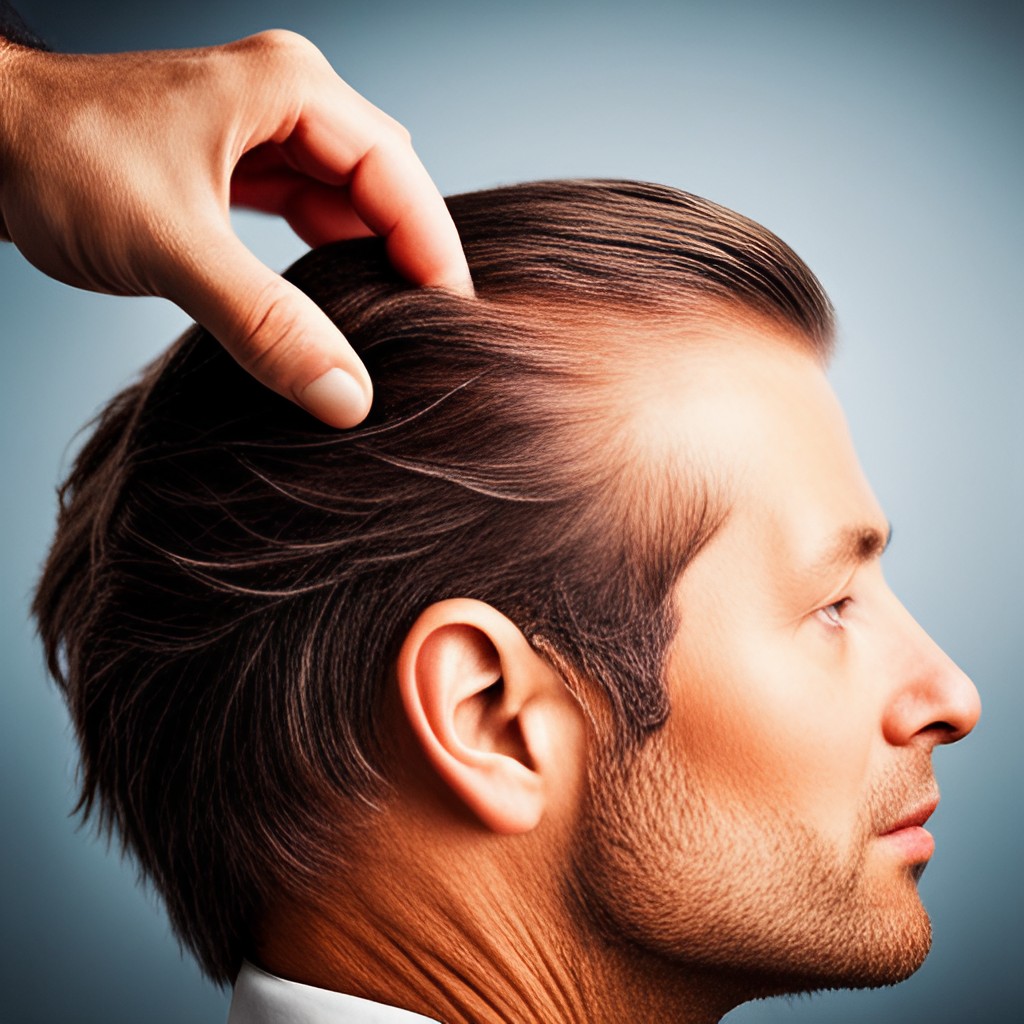As Alopecia (Hair Loss) Awareness Month comes to a close, I want to tell you about a safe and effective treatment that happens to be the only medication that is FDA-approved for treatment of androgenetic alopecia (“pattern hair loss”) in both males and females.

Let’s take a quick dive into the remarkable history, modern use, and exciting future of a longstanding hair loss treatment: minoxidil (the active ingredient in Rogaine, which is also available in generic forms).
💡 History of Minoxidil
Minoxidil started as a remedy for severe, resistant cases of high blood pressure. People who were treated with it often noticed increased hair growth, including in areas where they likely did not want hair to grow.
The manufacturer shrewdly saw gold in those hills and went on to develop a topical version of minoxidil, eventually approved and marketed as Rogaine, that could be applied directly to areas where the hair is thinning.
💆♂️💆♀️ Modern Minoxidil Use
Today, minoxidil comes in various forms like liquid, foam, and shampoo. The 5% version is approved for males, whereas the 2% version is approved for females. However, in my practice, I typically recommend females use the 5% version once daily (twice daily for men). I prefer foam.
While we’re not 100% sure how it works, it’s thought to boost hair follicle size and prolong the hair growth phase, at least partially due to increased blood flow to the hair follicles. Translation: keep more of the hair you already have and have a chance at fuller, thicker locks! 🌱
⚠️ Potential Side Effects
Like any superhero, minoxidil has its quirks. Mild side effects like skin irritation are possible. More serious side effects are rare with topical formulations. Like most things in life, consistency is key. I tell my patients they need to use it daily for at least 6 months before making a judgment about effectiveness.
🔮 The Future of Minoxidil
Many dermatologists, including me, now routinely recommend off-label (not FDA-approved) use of very low doses of minoxidil pills for various types of hair loss. This is best for patients in which topical minoxidil has not worked sufficiently or has caused side effects, but there are more potential risks to consider.
I’ve tried topical minoxidil in the past and eventually became frustrated with having to apply it every day. I now take a low dose (2.5 mg) minoxidil pill every day, and I accept the increased risks that come with that choice. I’ve yet to experience any side effects after about a year of consistent use.
❓Are you concerned about hair loss? Have you ever used minoxidil either topically or orally? Let us know in the comments!
[As always, this information is intended for educational and entertainment purposes only. Be sure to consult with your physician before starting any new medications. And watch out for extra fingers in AI-generated images!]



